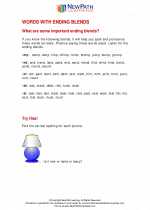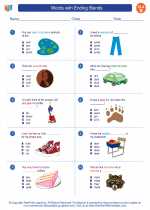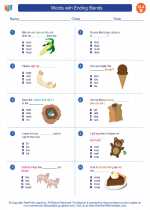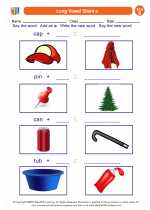What are Consonants?
Consonants are speech sounds that are produced by obstructing the flow of air in the vocal tract. Unlike vowels, the airflow is partially or completely blocked when producing consonant sounds.
Types of Consonants
There are several types of consonants, including:
- Plosives or Stops: These are consonant sounds that are produced by completely stopping the airflow and then releasing it, such as /p/, /b/, /t/, /d/, /k/, and /g/.
- Fricatives: These consonants are produced by creating friction as the airflow is partially obstructed, such as /f/, /v/, /s/, /z/, /sh/, and /h/.
- Affricates: These sounds begin as plosives and end as fricatives, for example, /ch/ and /j/ sounds.
- Nasals: These sounds are produced by allowing the air to escape through the nose, such as /m/, /n/, and /ng/ sounds.
- Liquids: These sounds involve a partial closure in the vocal tract, allowing the air to move around it, as in the sounds /l/ and /r/.
- Glides: Also known as semivowels, these consonants are produced with minimal constriction in the vocal tract, such as the /w/ and /y/ sounds.
Consonant Sounds and Spelling
Understanding consonant sounds is important for spelling and reading. Knowing the different sounds each consonant makes and the various combinations of consonants can help with decoding words and understanding their meanings.
Practice Exercises
To reinforce your understanding of consonants, practice exercises such as:
- Identifying consonant sounds in words
- Creating words using specific consonant blends or digraphs
- Reading passages and identifying the consonant sounds within them





